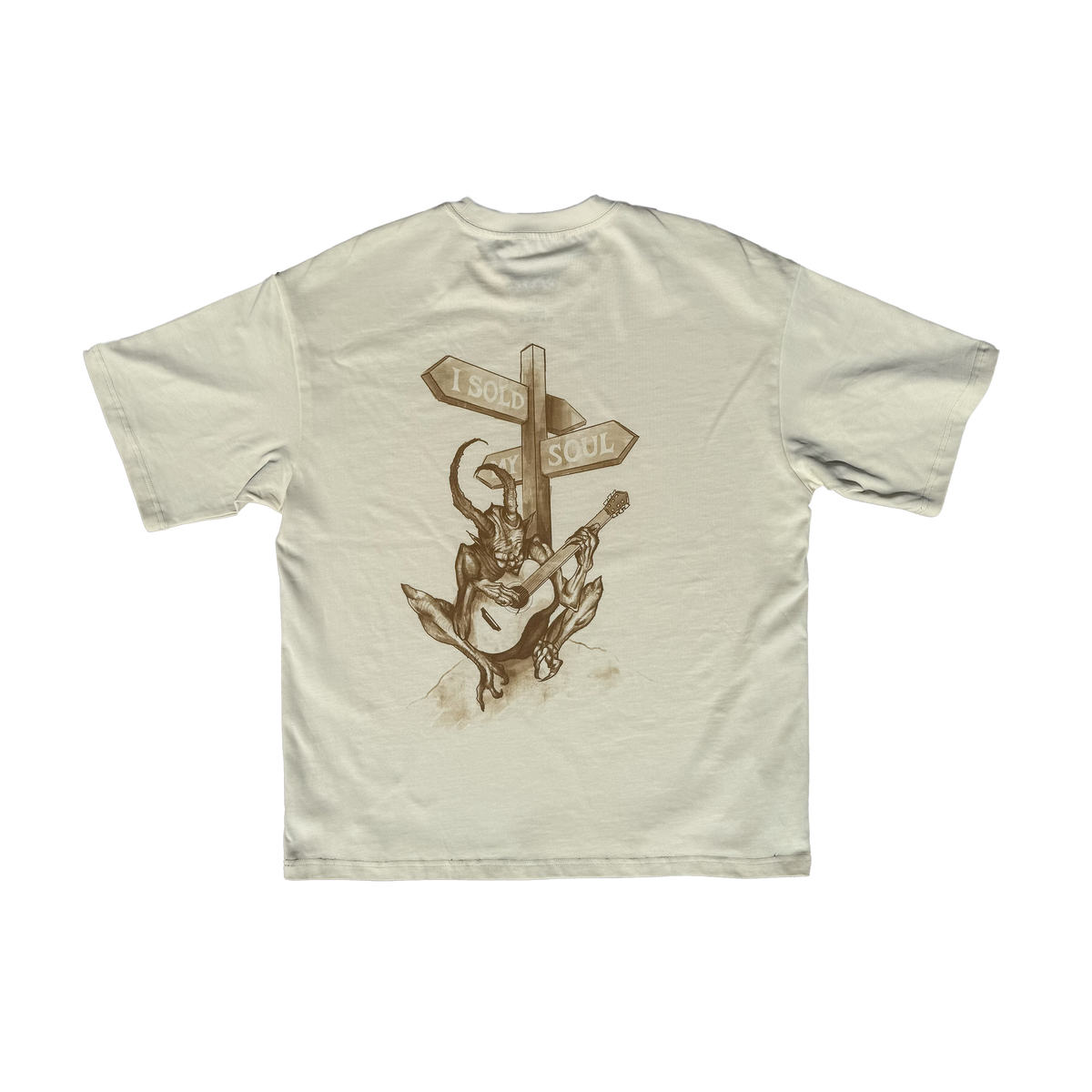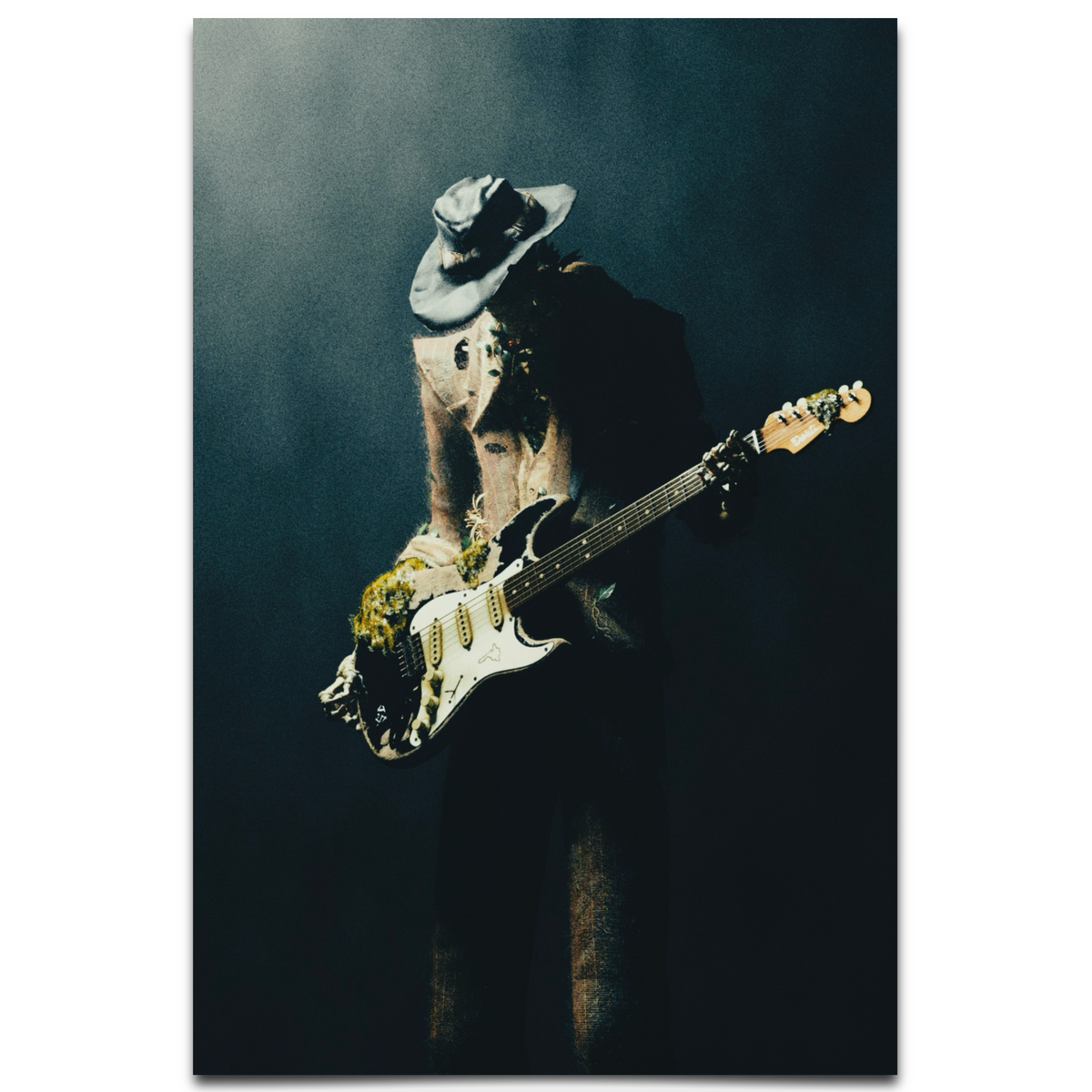Reverb is a fundamental effect in music production and live sound, adding depth and space to a sound by simulating how it would behave in different environments. But not all reverbs are created equal. The type of reverb—whether plate, spring, or hall—has a distinct impact on tone, character, and how a sound sits in a mix. Let’s break down how each type affects tone and why it matters.
Plate Reverb: Bright and Smooth
Plate reverb, originally created by vibrating a large metal plate, produces a bright, dense, and smooth sound. It emphasizes higher frequencies, giving a polished and slightly metallic tone. This type of reverb is often used on vocals and snares because it adds clarity without muddying the mix. However, its brightness can sometimes feel unnatural or harsh on darker instruments like bass guitars, as it doesn’t replicate a real acoustic space. Tonally, plate reverb tends to lift the sound, making it feel more upfront and lively.
Spring Reverb: Warm and Vintage
Spring reverb, commonly found in guitar amps, uses metal springs to create a bouncy, warm, and somewhat lo-fi effect. It has a distinct “twangy” character, often associated with surf rock or vintage recordings. Spring reverb can darken the tone slightly, as it doesn’t capture high frequencies as cleanly as other types. It’s great for guitars or retro vibes but can sound cluttered or overly resonant on complex mixes. Its tonal impact is nostalgic and intimate, often adding a raw, analog feel.
Hall Reverb: Spacious and Natural
Hall reverb mimics the sound of a large concert hall, offering a long, lush decay with a natural, airy quality. It tends to preserve the original tone of the source while adding depth and dimension, making it ideal for orchestral recordings, ambient music, or anything needing a sense of grandeur. However, too much hall reverb can wash out a mix, diluting the focus of the sound. Tonally, it’s balanced but can soften sharper elements, creating a more blended, distant feel.
Ultimately, the choice of reverb type depends on the mood and context of your music. Plate reverb brightens and refines, spring reverb warms and colors with vintage charm, and hall reverb expands and naturalizes. Experimenting with these can drastically shape the tone of your tracks, so consider the emotional impact you’re aiming for—whether it’s crisp and modern or vast and cinematic. Next time you’re tweaking a mix, listen closely to how each reverb type transforms the character of your sound.
























